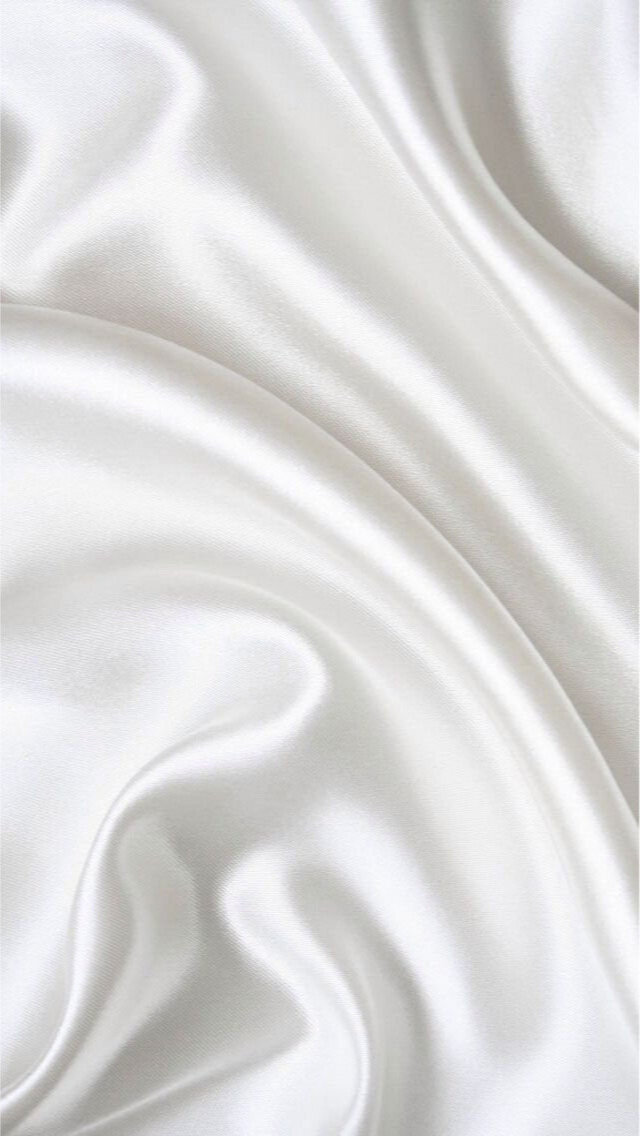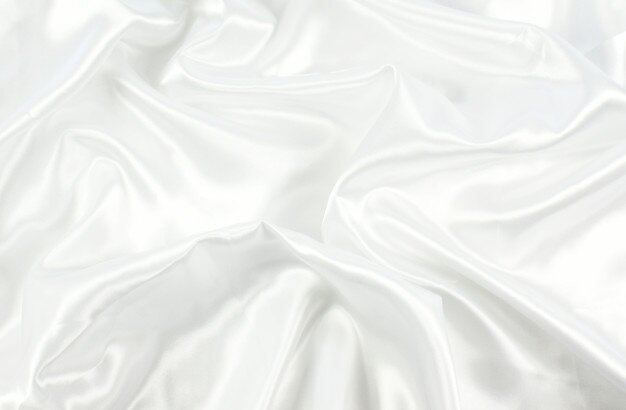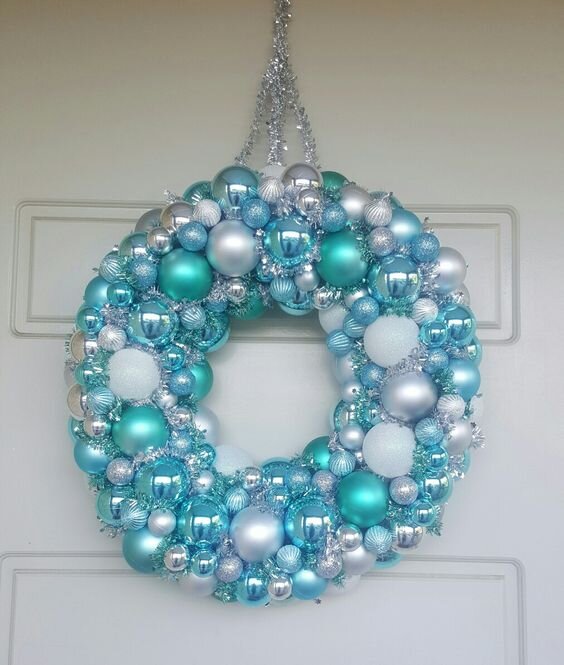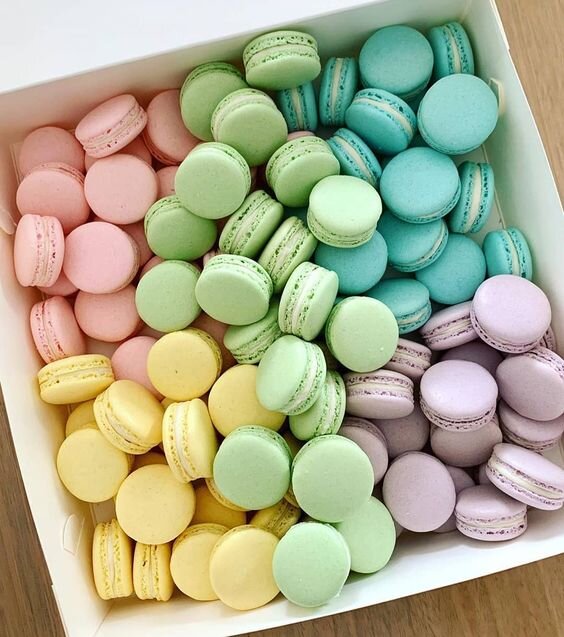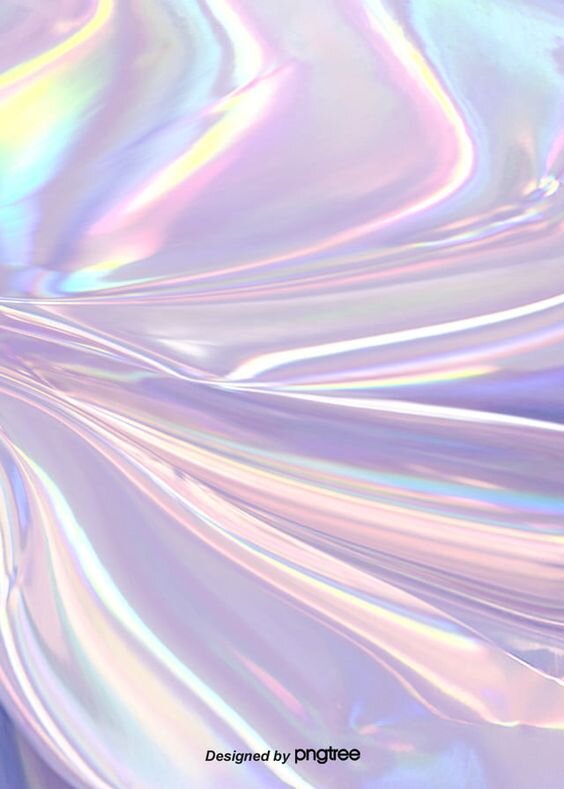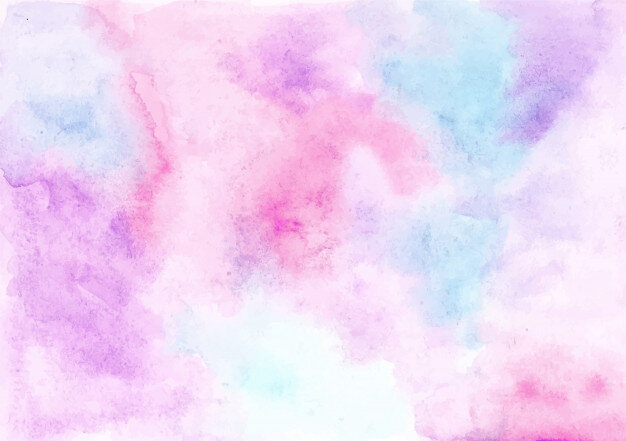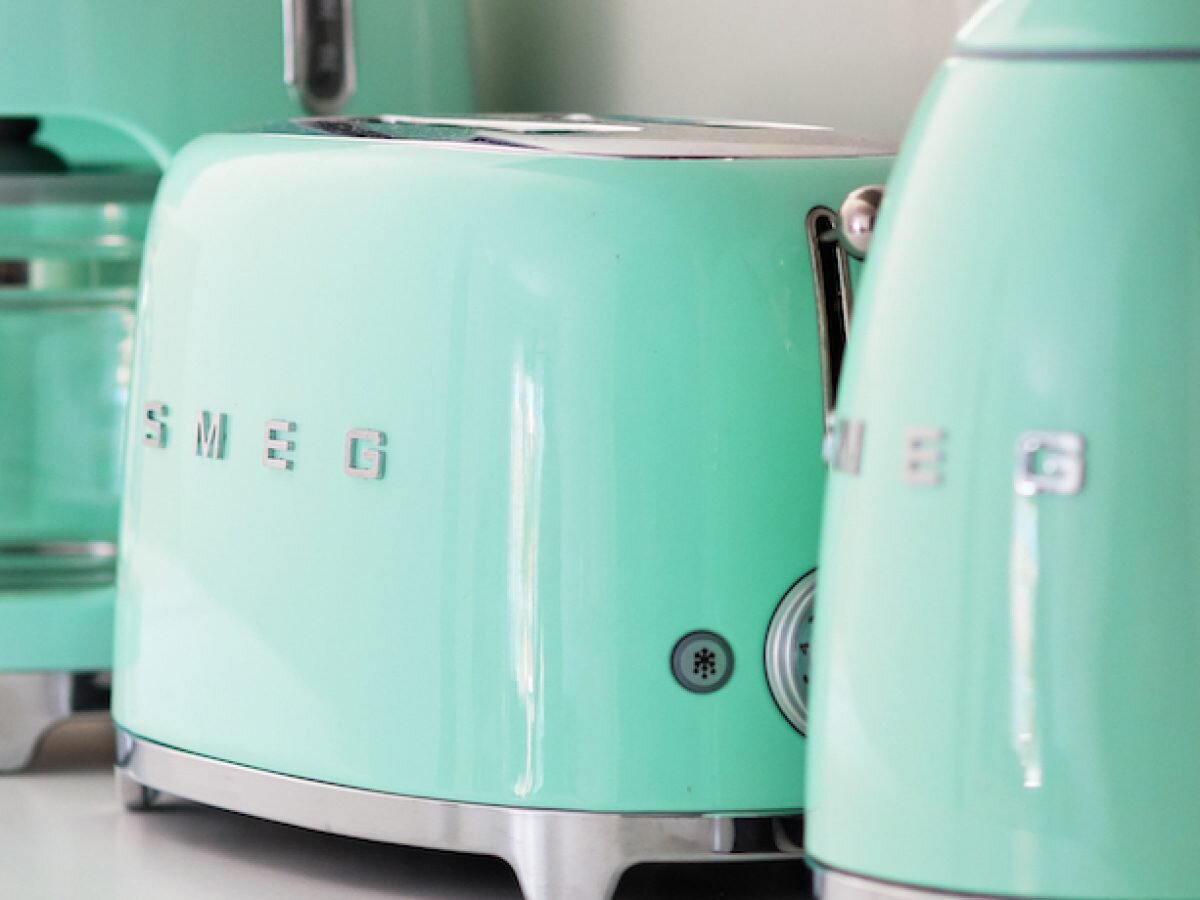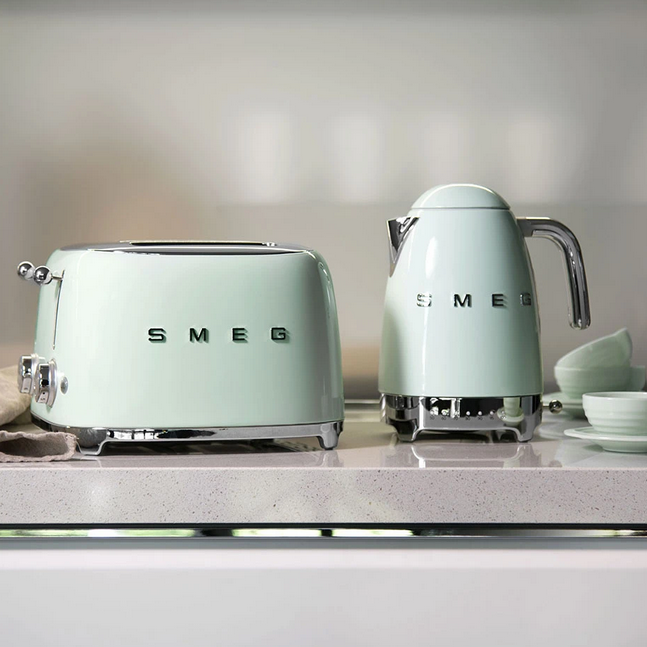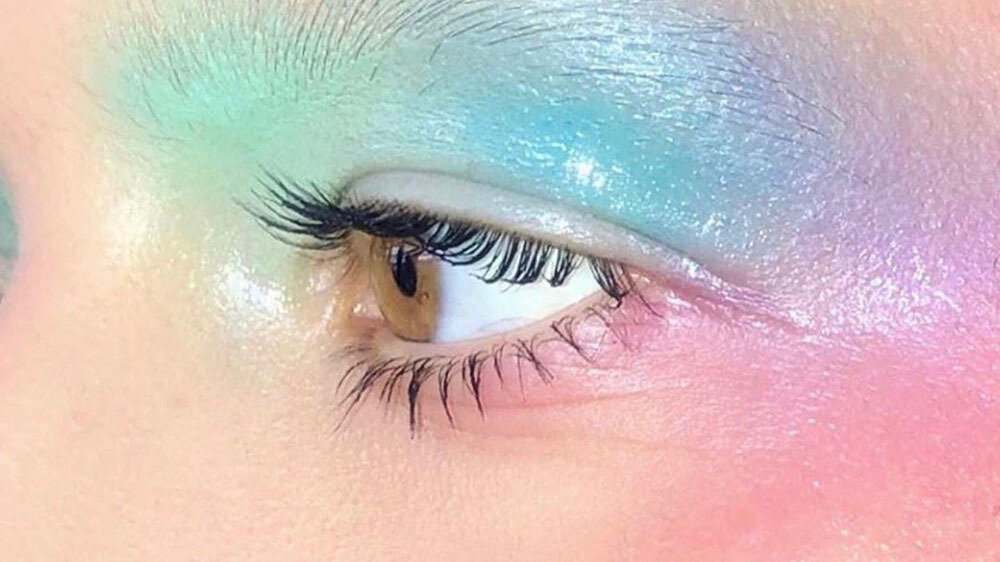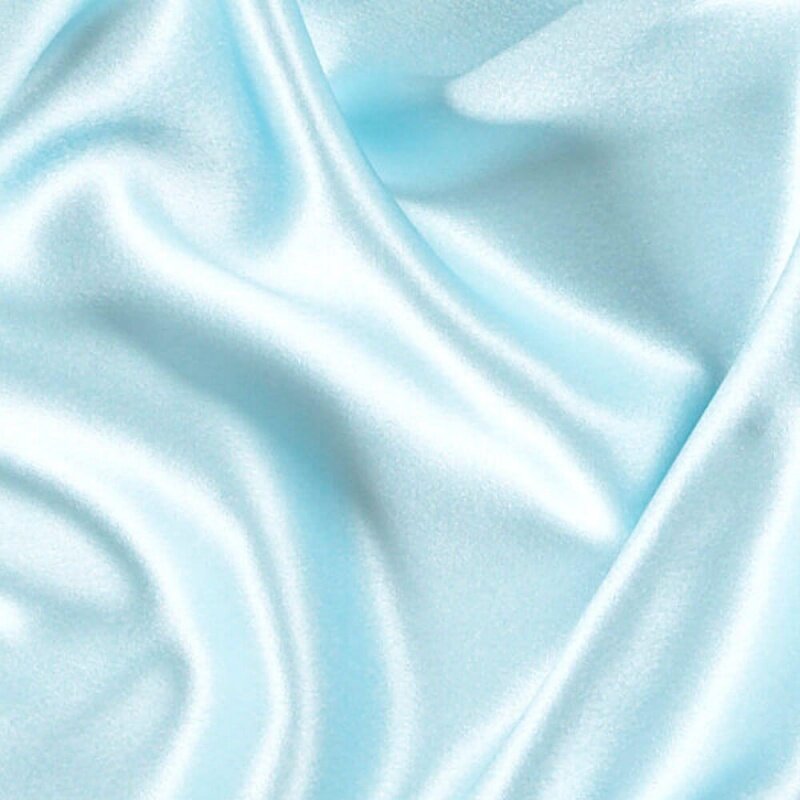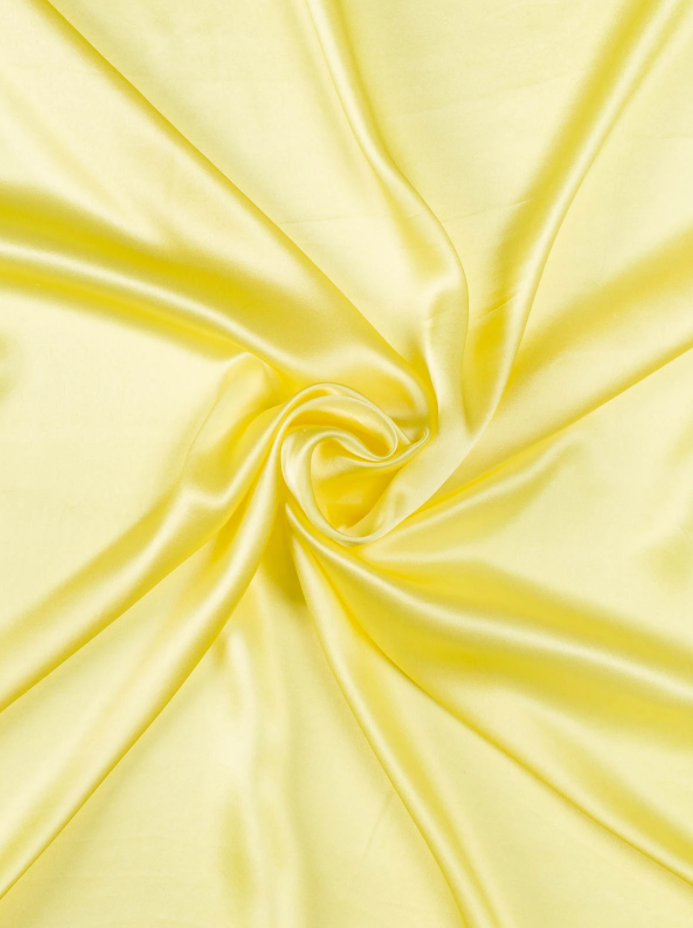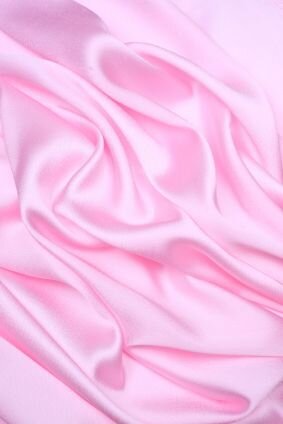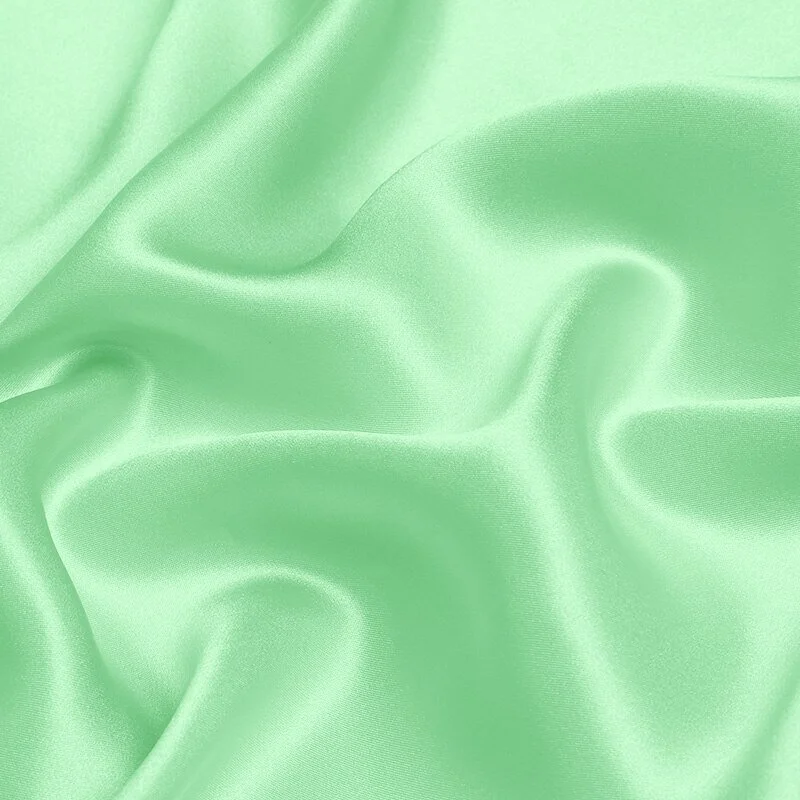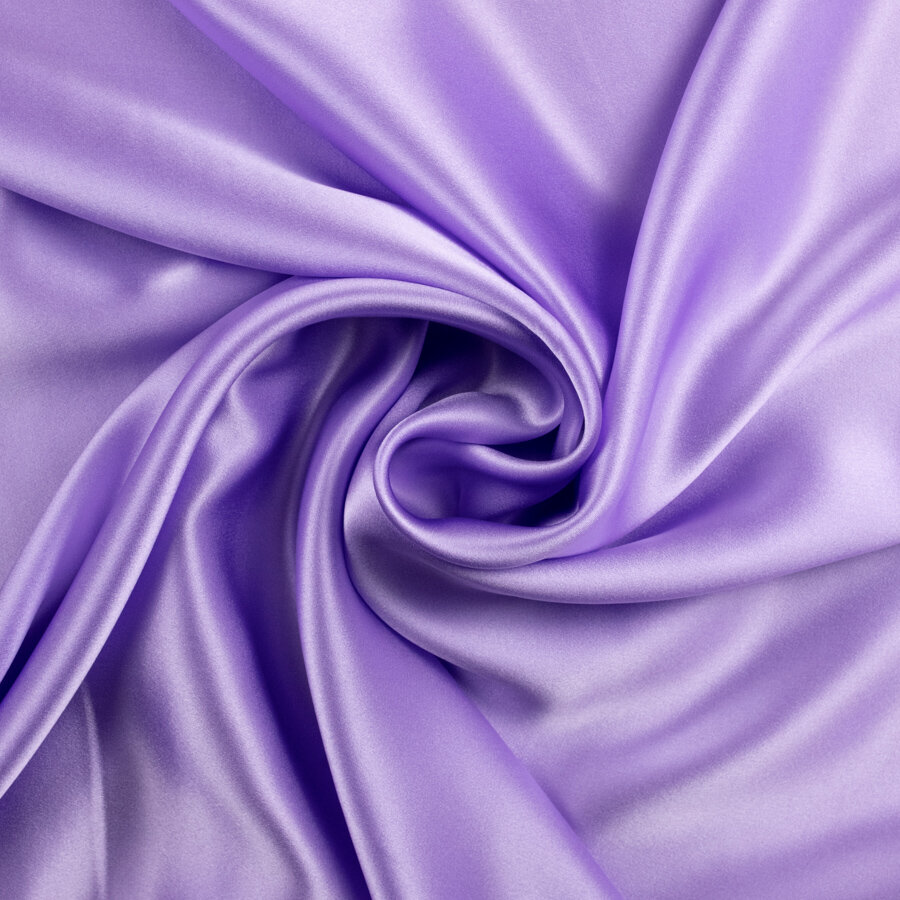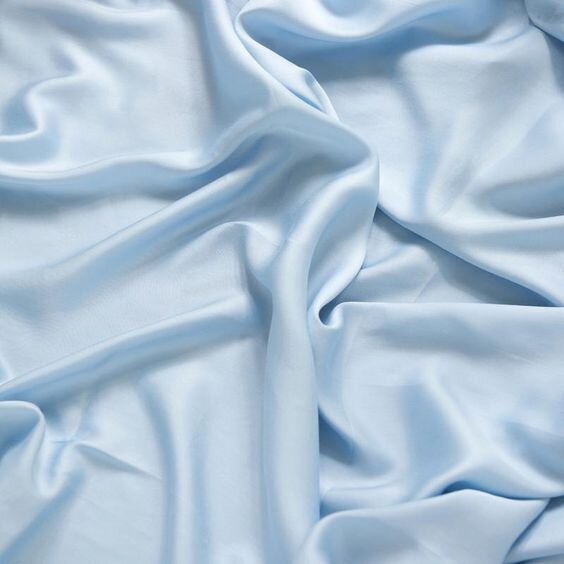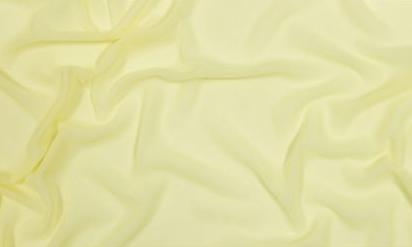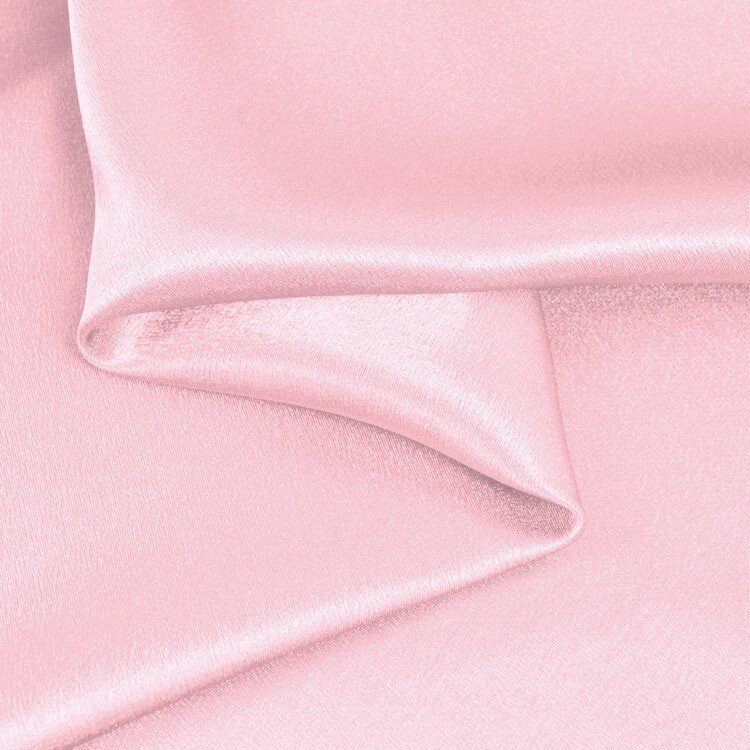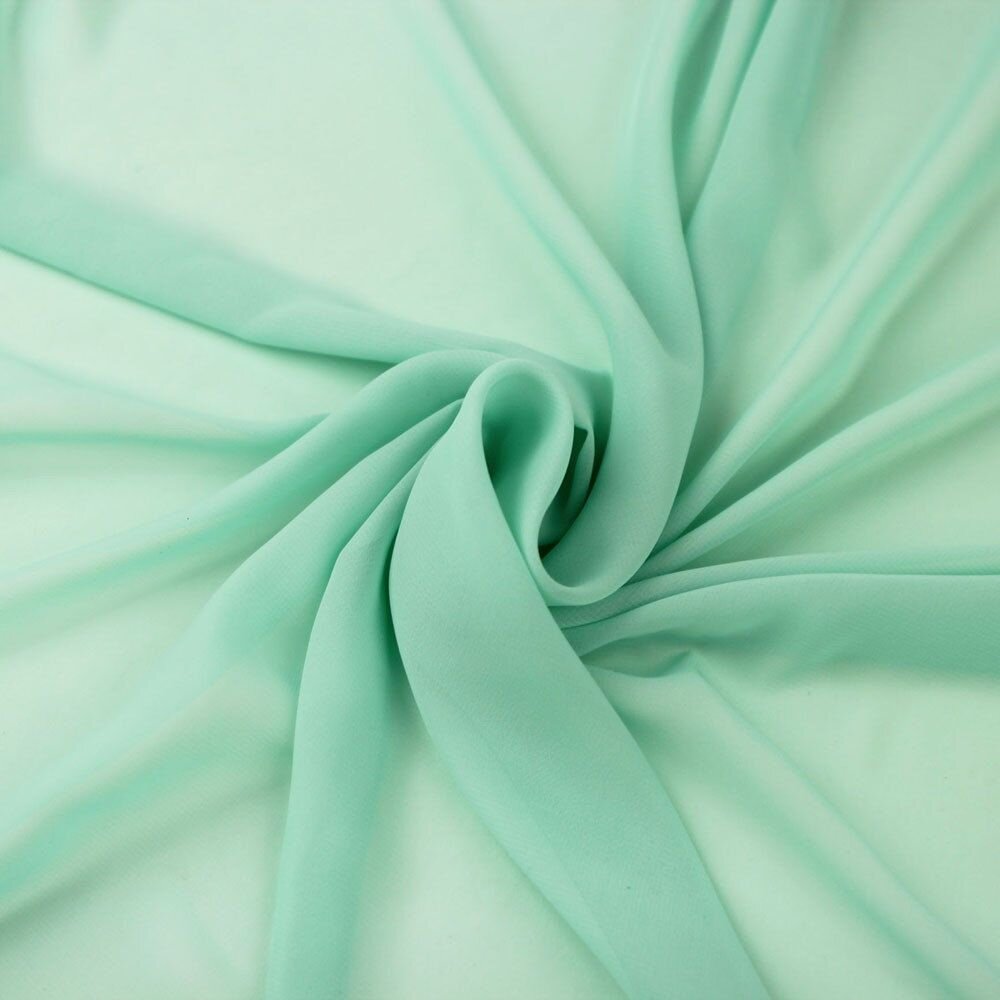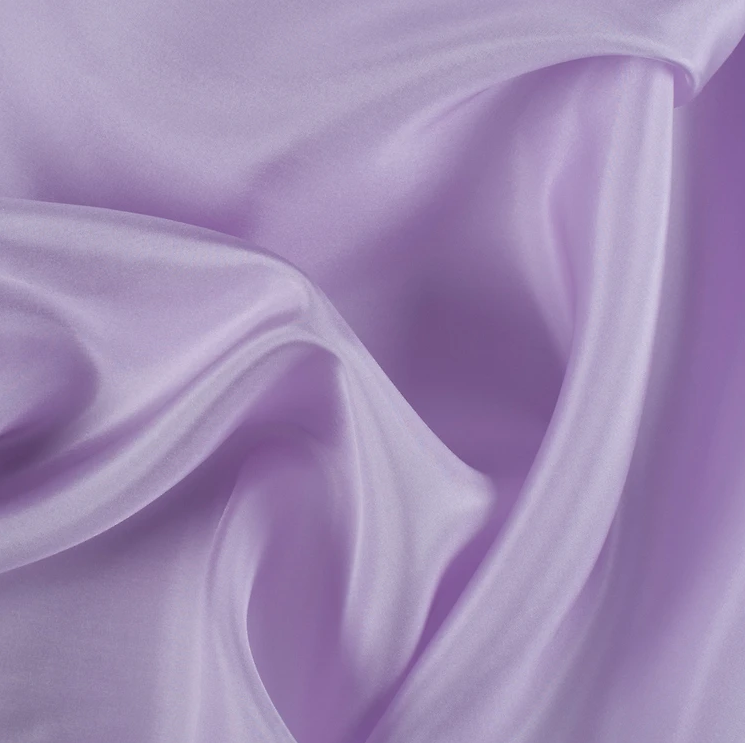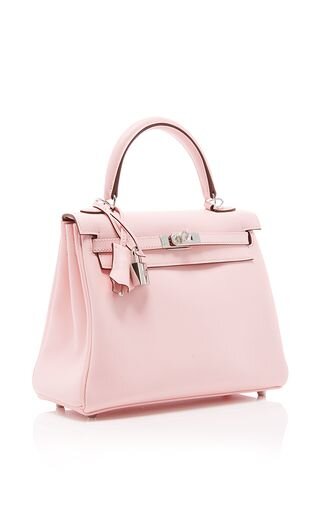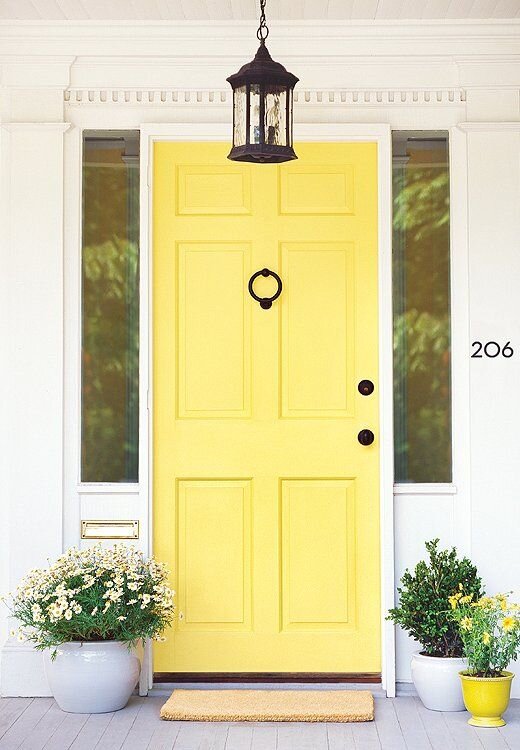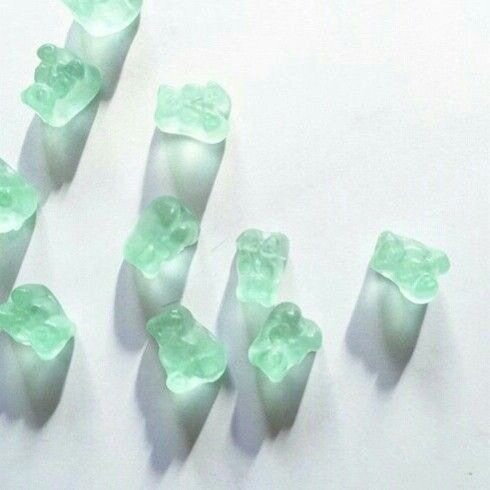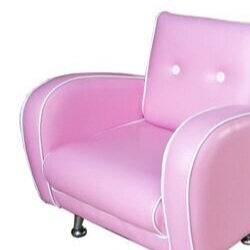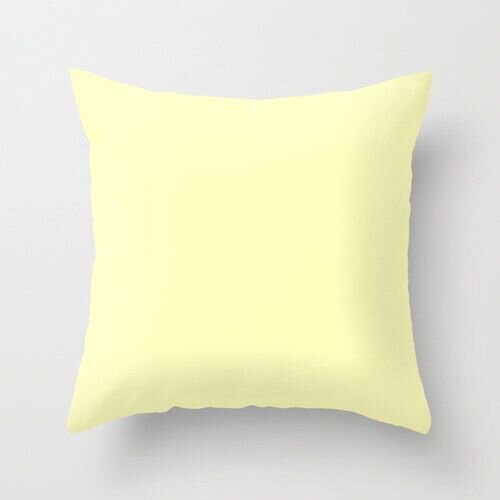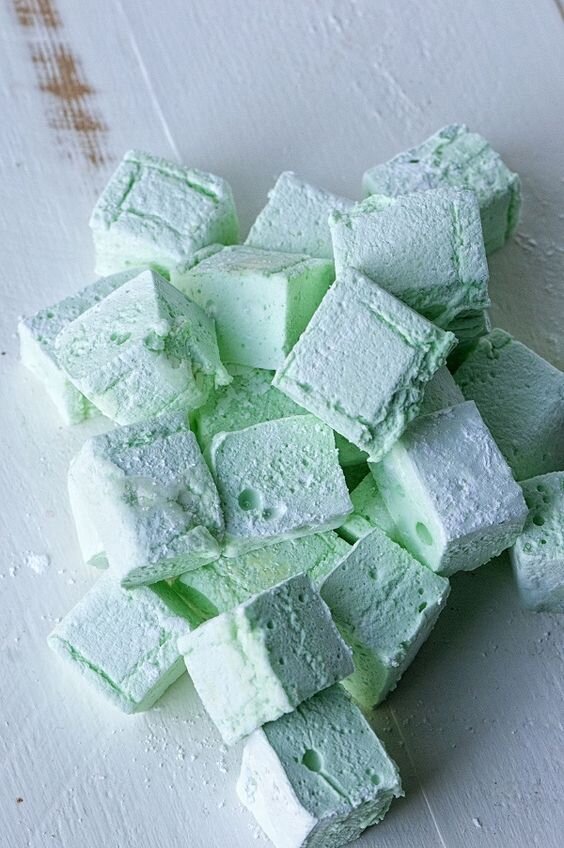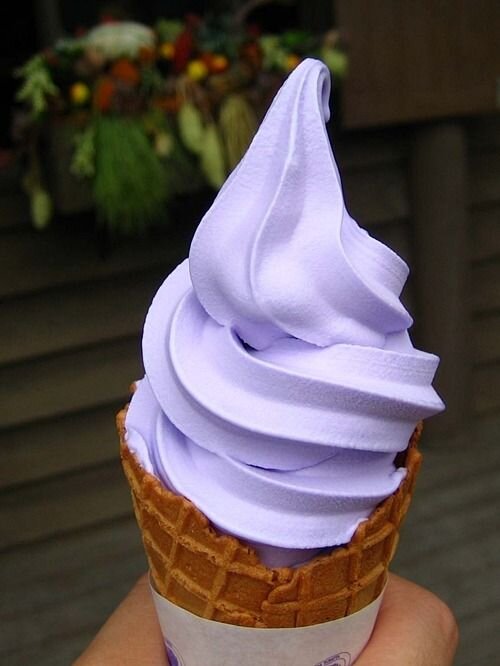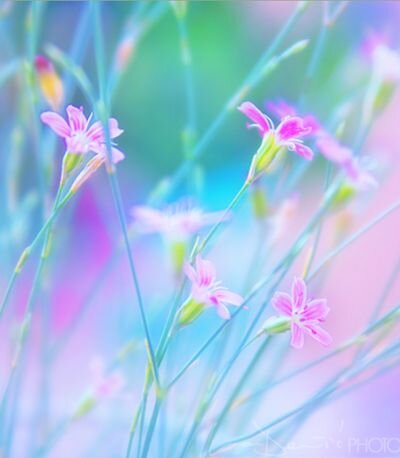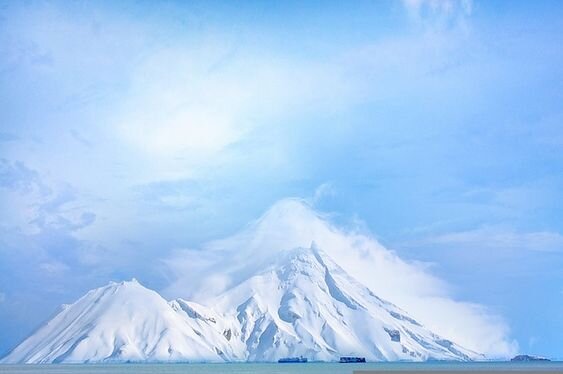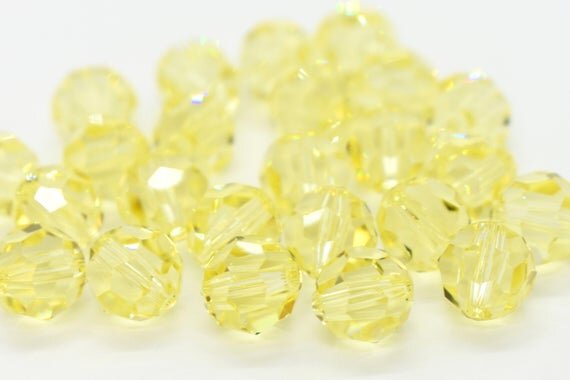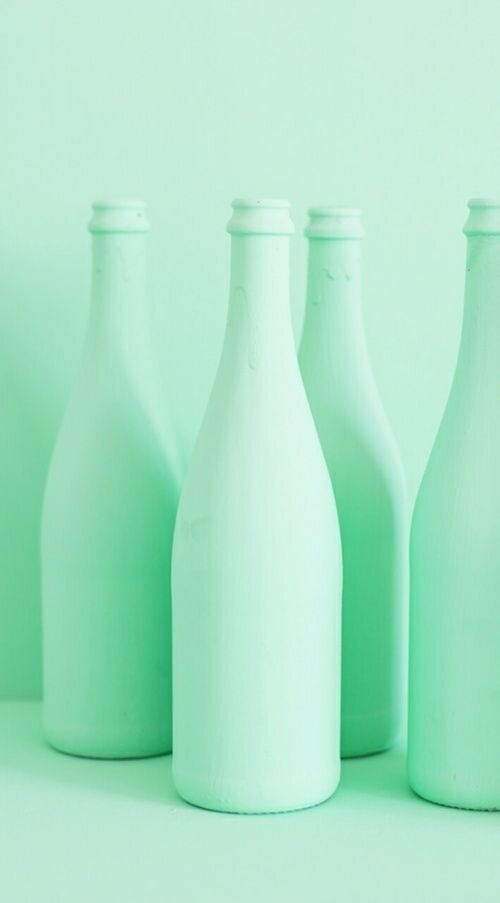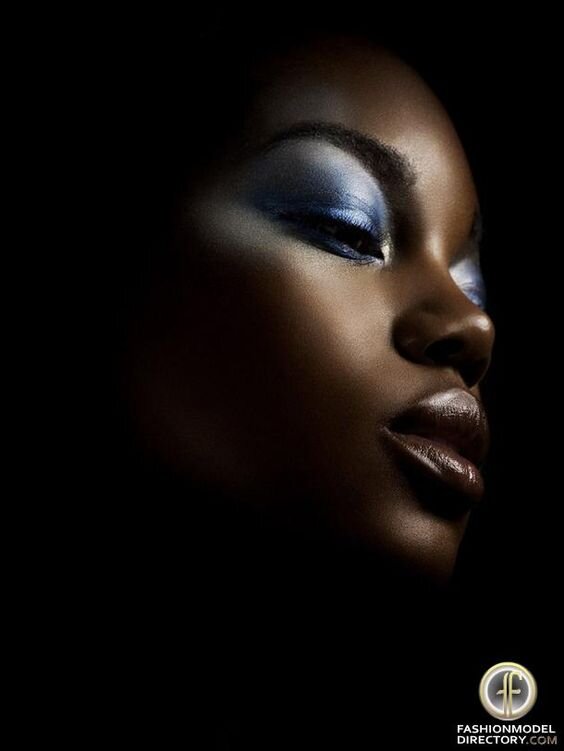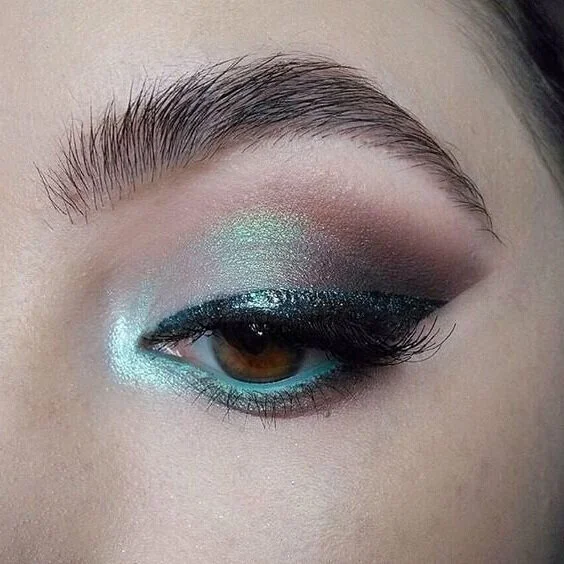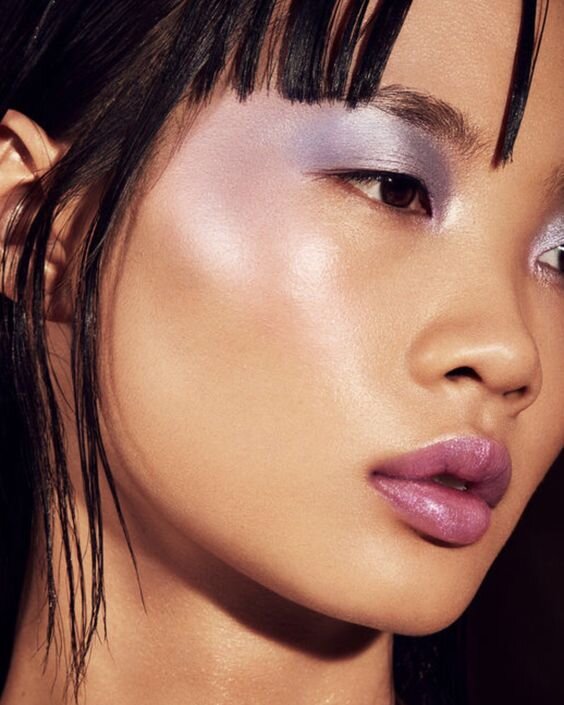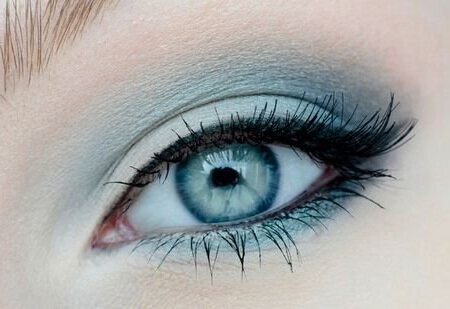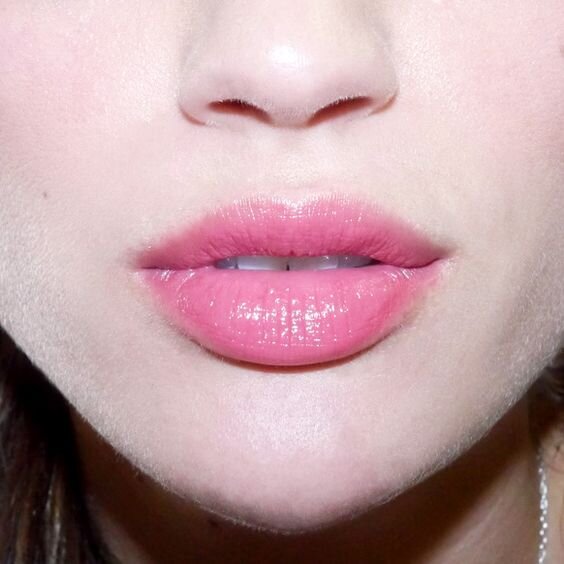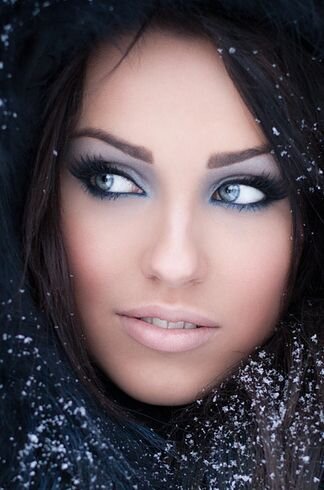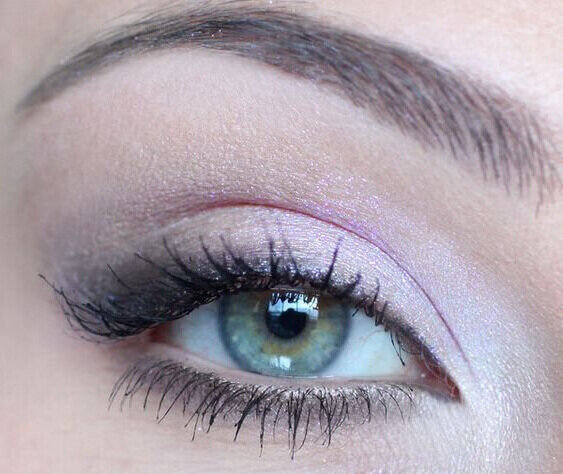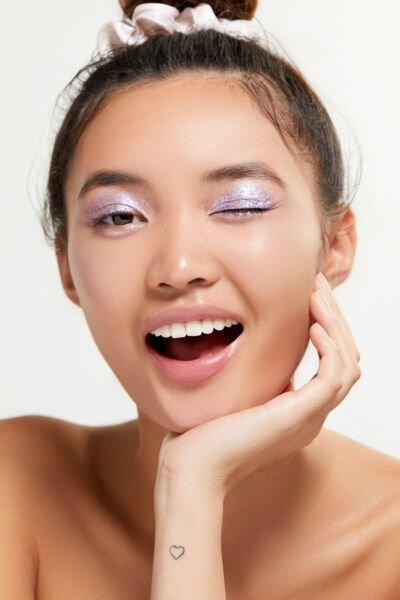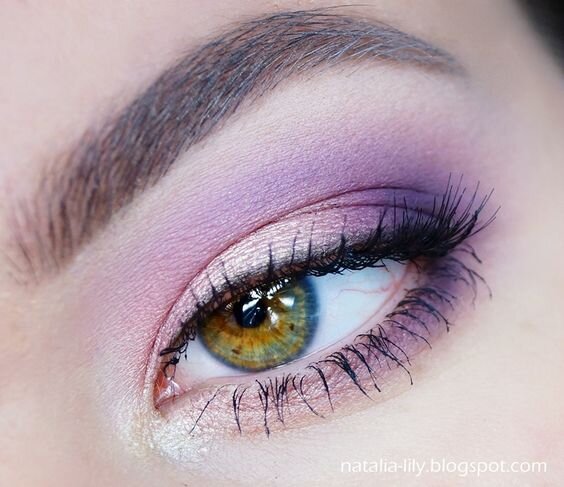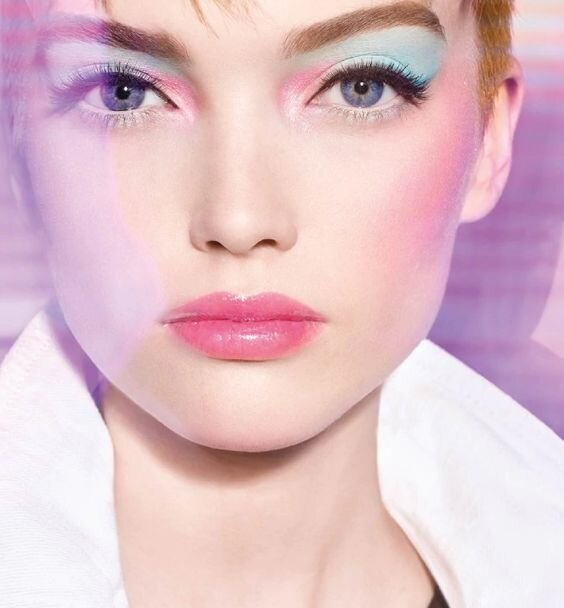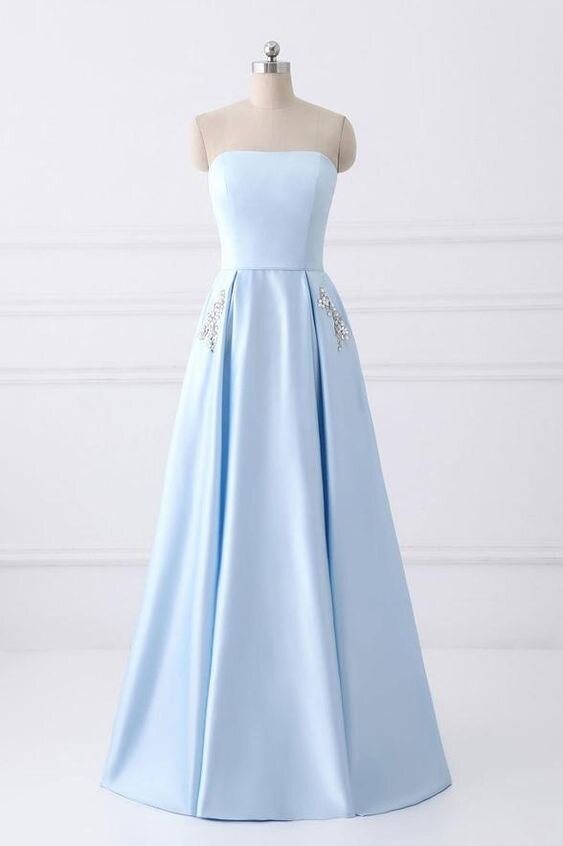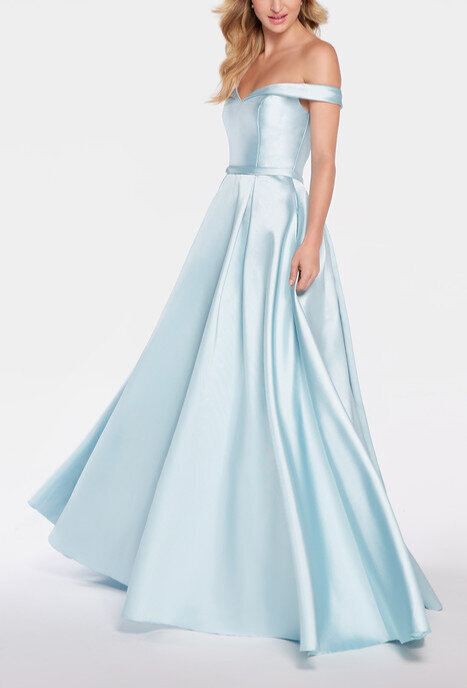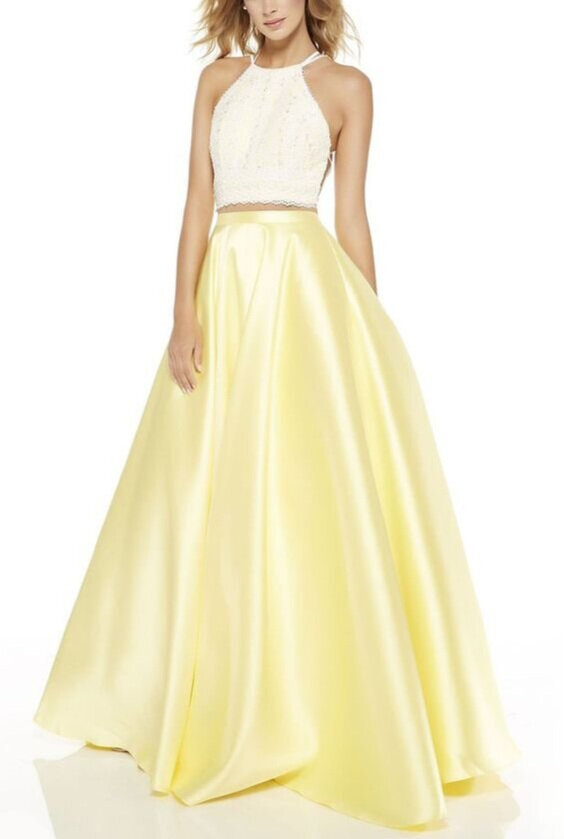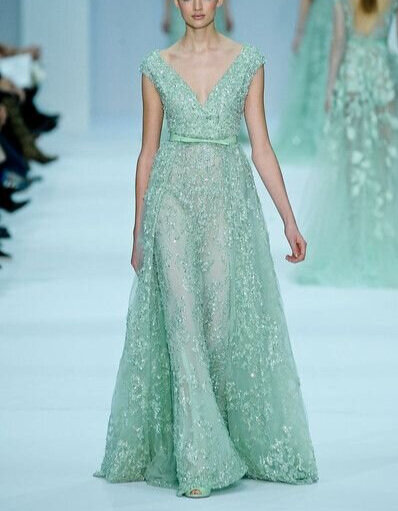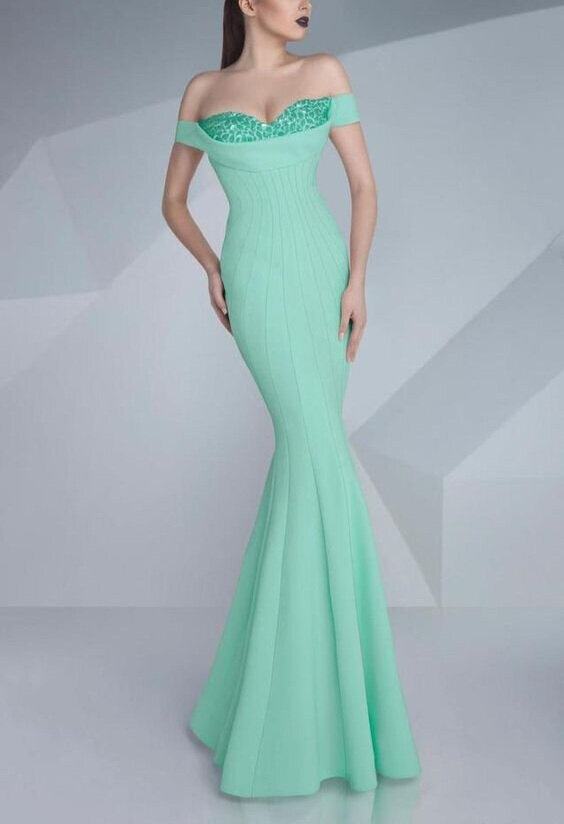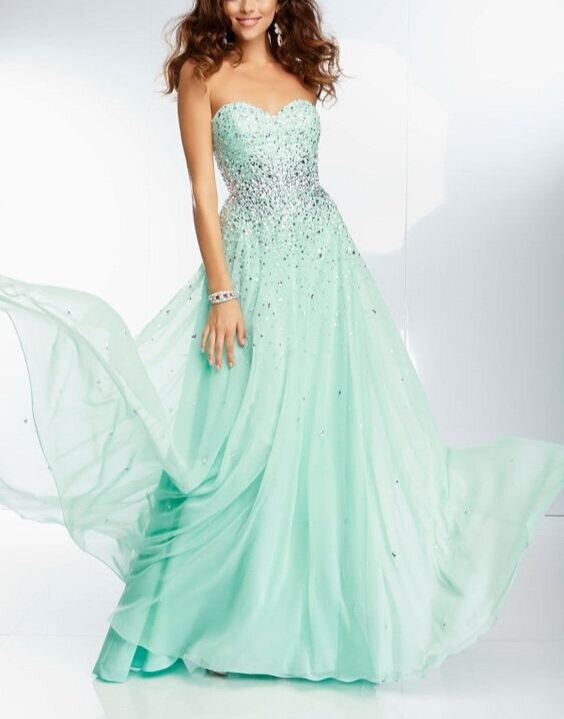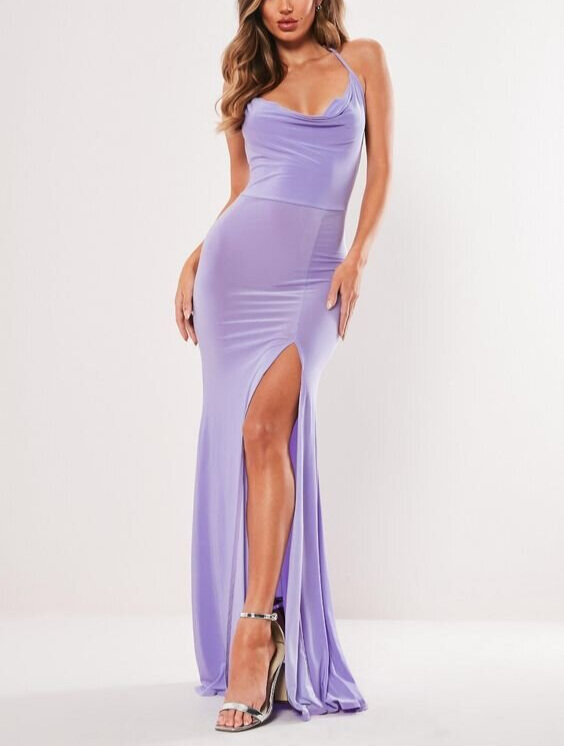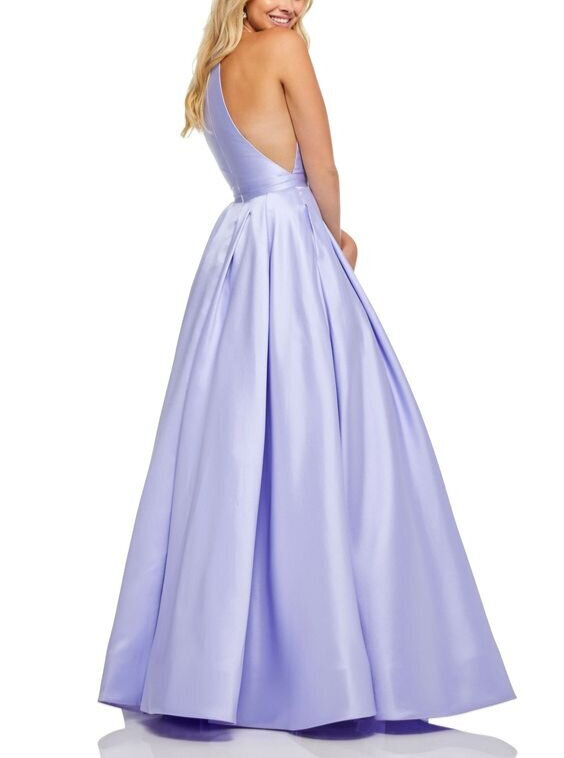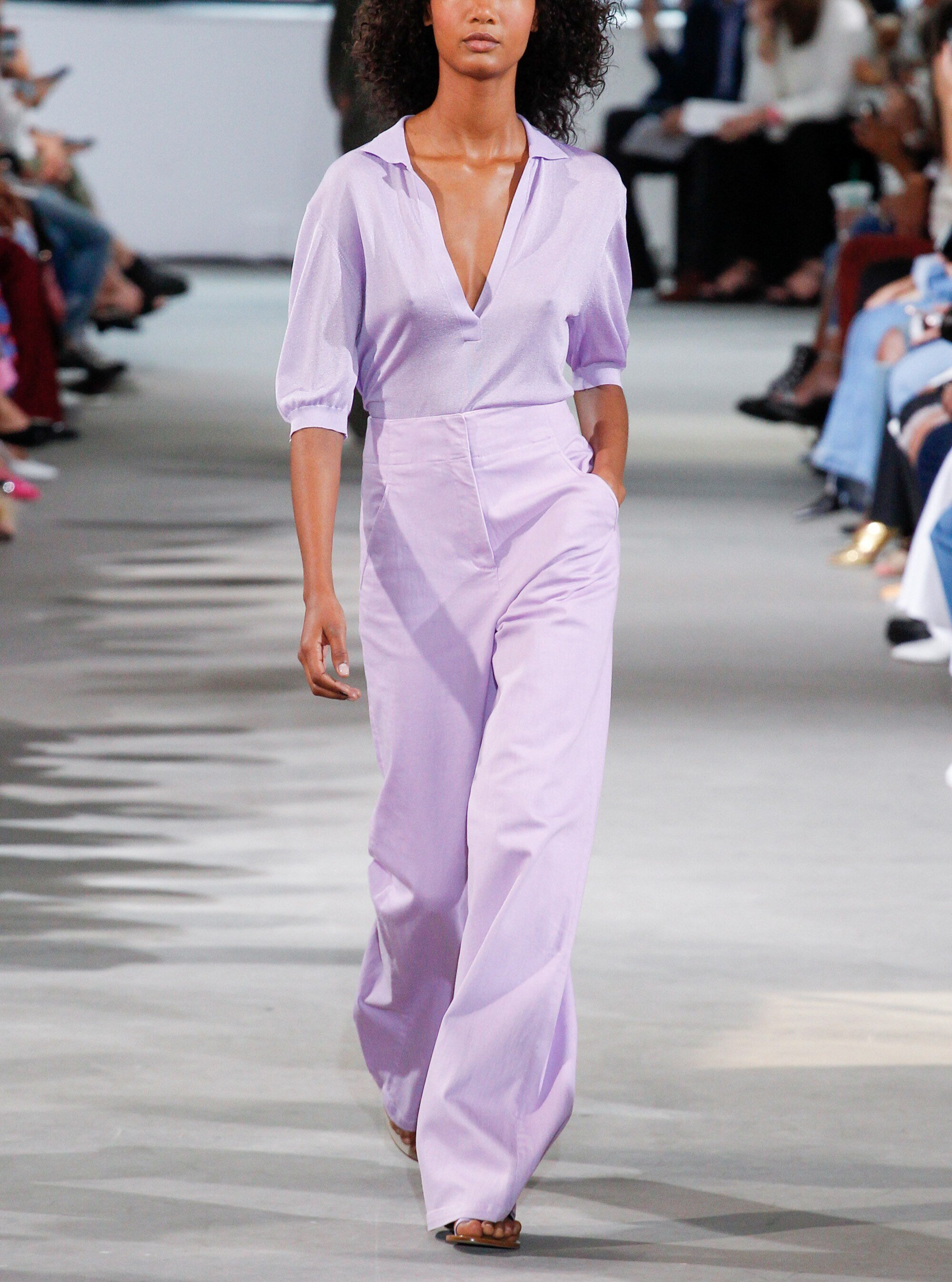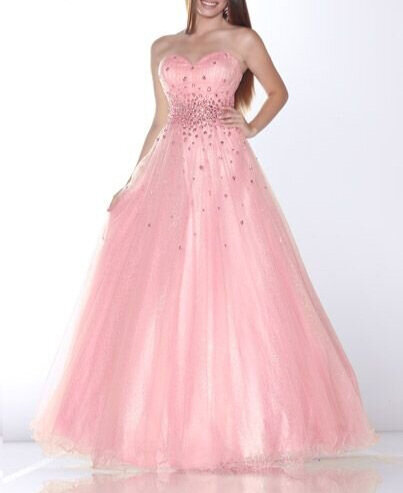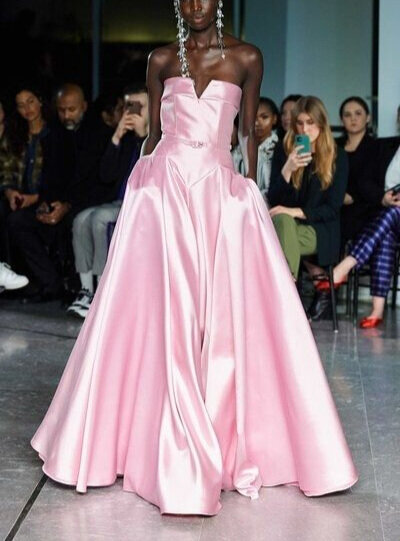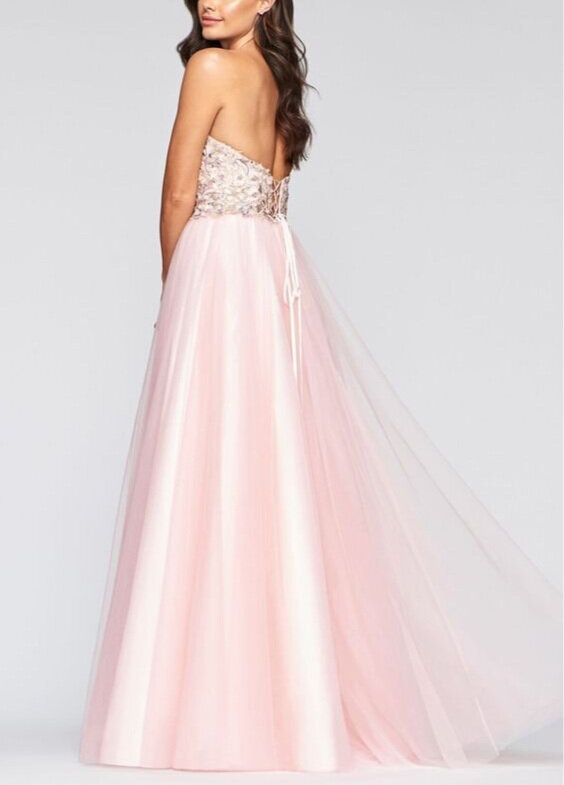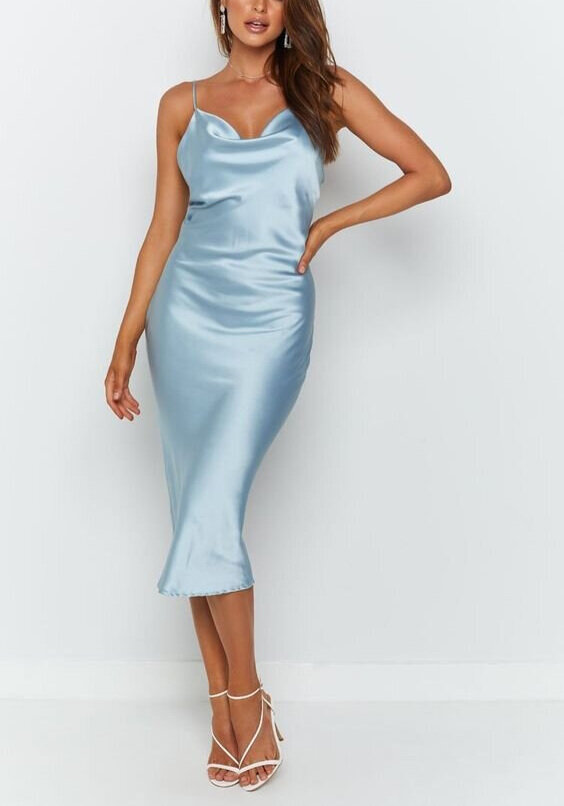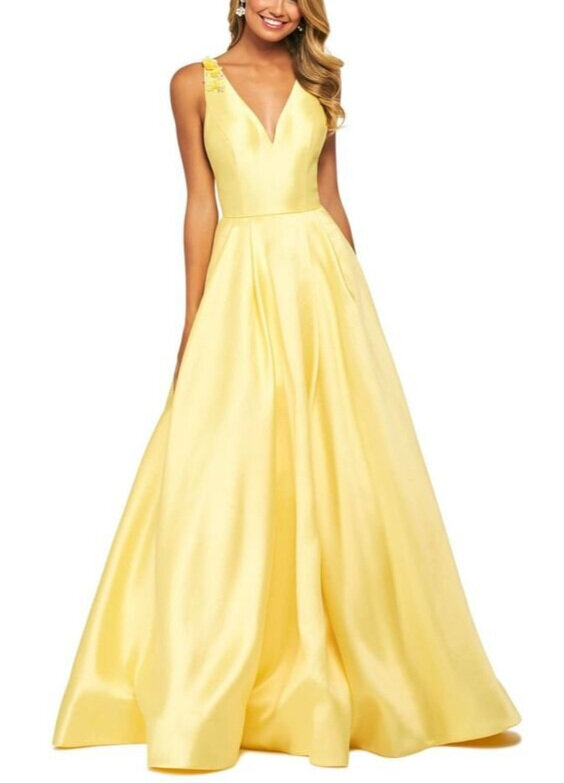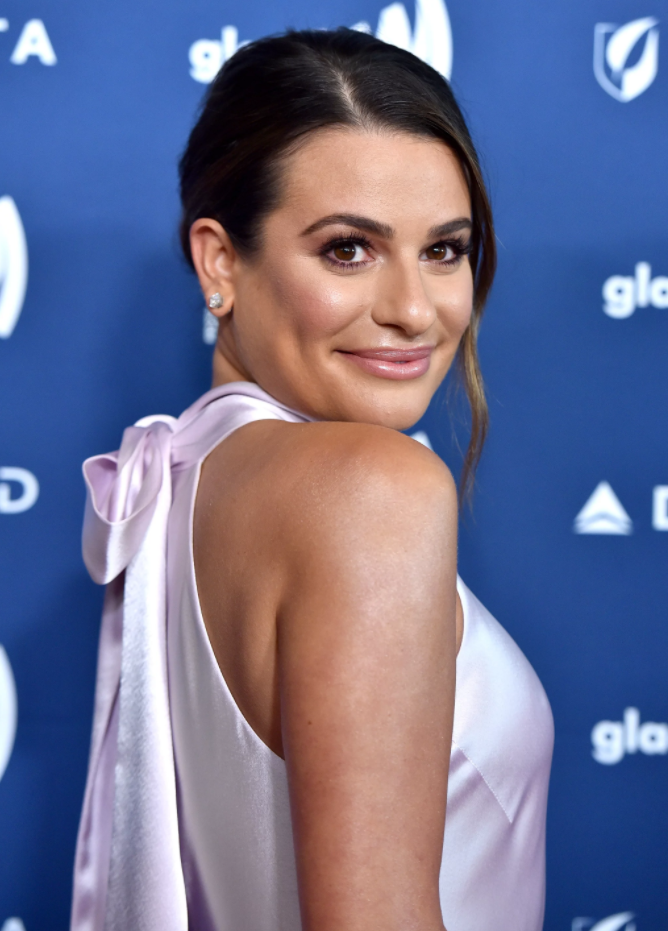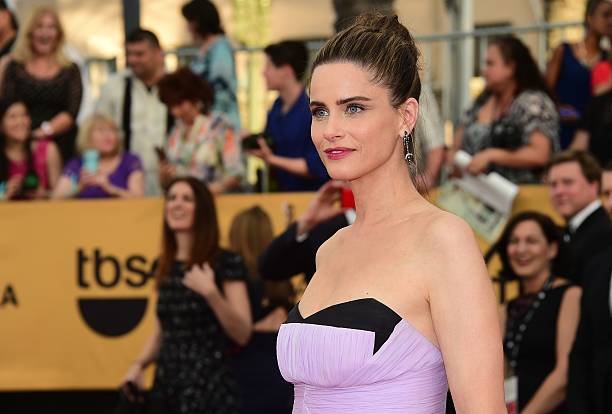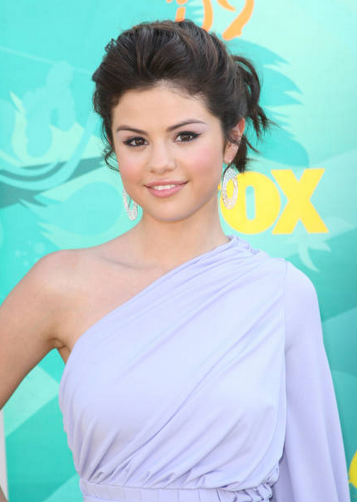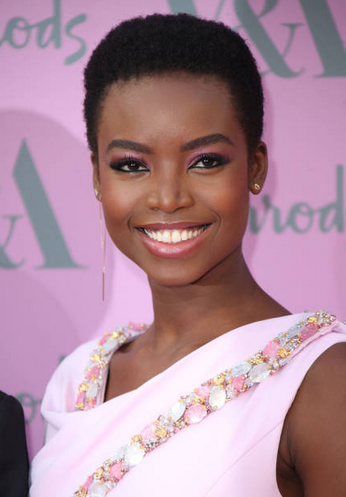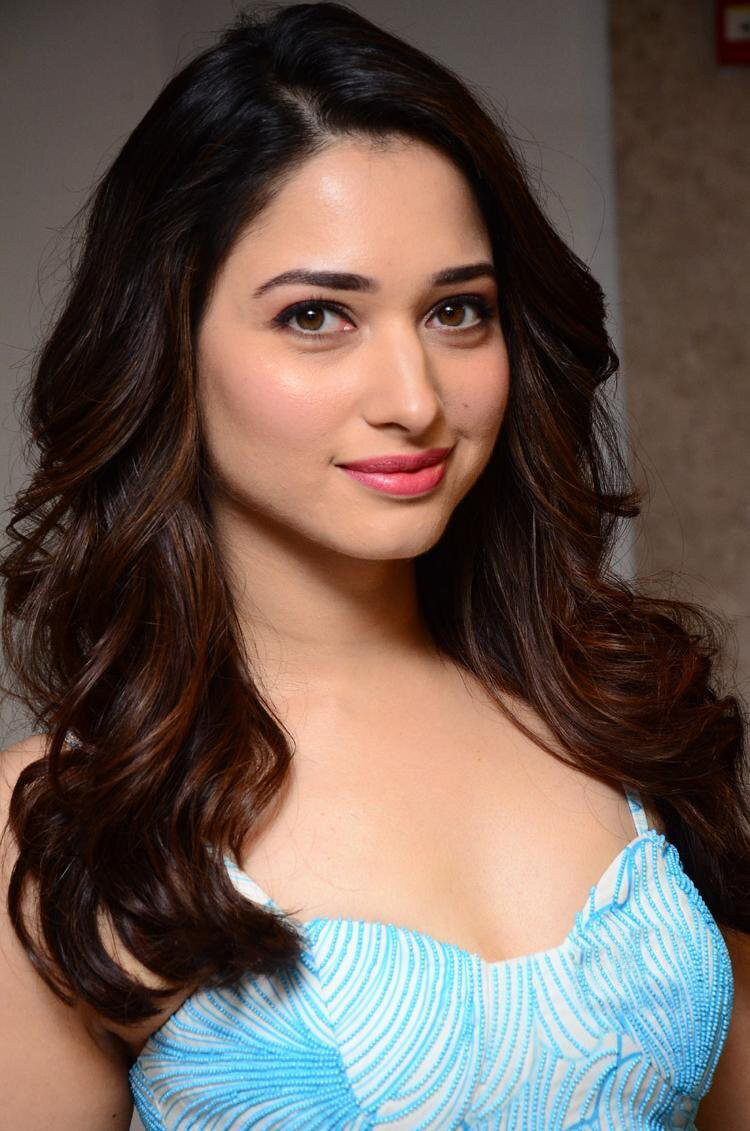Winter Icy Lights
/The term “icy lights” refers to particular category of colours.
They are formed by adding a small amount of high-chroma pigment to a white or near-white base.
White is the ultimate in cool, bright and light.
The closeness of these colours to white means icy lights are also cool, bright, and light.
And that means they belong to Winter.
But wait, you might say.
Aren’t Winters dark on the value scale?
When considering the palette overall and comparing it to other seasons, Winter colours are dark.
And Winter people can balance a ton of dark.
In fact they need it to look their best.
But the added dimension of contrast makes these seasons distinctive.
All Winters can push right out to the very edge of value - in both dark and light directions.
Although most Winter colours fall in the medium-dark range, the lighter colours are exceptional in that they are very light.
This small group of colours are called icy lights.
A limited selection of icy lights appear in palette posters and fans.
In reality, each Winter has many more examples of these colours than what is showcased.
Dark Winter
True Winter
Bright Winter
On the seasonal posters or fans, icy lights belonging to the three Winter seasons can look pretty similar.
You might even think they are interchangeable.
But icy lights aren’t quite as flexible as black and white.
To begin with, look at the difference in base colour.
Think about how mixing pigment with these three whites might produce different results.
Although all Winters can wear white well, only True Winter wears it perfectly.
It’s no surprise then that the base of True Winter’s icy lights is blinding white, sometimes so pure it takes on a blueish or silvery cast.
Dark Winter’s white inches ever so slightly towards ivory, so it’s a little deeper and a little duller - likewise its icy lights.
Bright Winter contains a hint of high-value cream, creating more luminous versions that are rather iridescent.
Icy lights are not commonly well understood.
We see them in festive moments - foil wrapped Easter eggs, New Year fireworks or sparkling Christmas baubles.
They possess a hard and striking beauty like coloured diamonds.
Perfect for making Winters look simply extraordinary.
In the natural world, icy lights generally appear dark, cold and extreme environments - the deep sea, polar zones in winter, outer space, mineral formations.
They are stark, distant and regal.
These are frozen colours.
Icy lights vs Pastels
Beware of the names given to colours in the retail world.
They are not accurate and repeatedly mislead.
It’s not uncommon to find icy lights labelled as pastels when shopping.
What separates Winter icy lights from Summer pastels - also cool/light colours - is their high chroma.
That means they contain a higher proportion of pure colour than pastels.
Bright icy lights are sharp and solid while soft pastels are diluted and diaphanous.
Bright icy lights are tinsel and cellophane; soft pastels a few layers of tissue paper.
A hologram vs dreamy watercolours.
Here’s another comparison.
And just a quick note for this one:
Satin and other shiny finishes amplify reflectivity - which enhances iciness.
Matte will repeat a colour’s softness.
However this doesn’t mean Winters can’t wear matte and Summers can’t wear shine.
Textile type is less important than colour accuracy.
Dark vs True vs Bright
Autumn’s influence warms Dark Winter with tiny bit of softness.
It makes these colours somewhat dense and absorbent in the world of icy lights.
Here we have glinting granite, stormy night-time lightning and fading Arctic sunsets.
Lamplight on snow, frozen mornings laced with fog, a winter moon through cloud, the starry sky reflected in a lake.
Dark Winter lights are still quite bright but with an antique property that’s more velvet than sequin.
Think hailstones instead of a sparkling icicle.
Vintage lead glass before Swarovski.
The season’s icy lights posses a pewter or tarnished veneer, as if the quality of light is a little overcast or evening is falling.
Frosted icy lights.
Total white is the base of True Winter icy lights.
These colours are so cool and stark you can sense the white showing through - which it often does in reflections or highlights.
It’s almost like these icy lights are white first, colour second.
There is a LOT of hard light here, as if all the spotlights have been turned on full at once.
Consider how the polar sun is white, not yellow.
True Winter icy lights contain more reflective white daylight than Dark Winter’s - where colours fall into shadow.
And there is more pigment density here than Bright Winter - where light seems to shine through it’s icy lights.
The True Winter effect is like vivid, coloured light directed evenly over pure white porcelain, ceramic or high-gloss subway tiles.
It’s a bold, controlled expression of colour.
Very clean and clear, very still and static.
Snowy icy lights.
A hint of Spring’s high-chroma warmth is expressed in the Bright Winter palette.
A little yellow has entered that glaring white sunlight.
It turns the colours glassy so they seem to weigh less than other Winters.
There’s plenty of reflectivity and a ton of spangle which generates movement - even a little playfulness.
As a metaphor, blankets of snow are too thick for these colours.
There’s an opaline transparency here closer to ice.
It’s a mirrored, silicon-brittle beauty.
Think splinters of light dancing through a clear icicle, fibre optic fairy lights, a single snowflake.
The hard yet delicate rainbow-glitter of a Bohemian chandelier.
Crystal icy lights.
Icy lights in cosmetics
Icy lights look natural on a Winter face.
Winter makeup is best when colour is used sparingly for singular impact.
A colourful eye looks amazing as a statement but quickly becomes too much if paired with a bright lip.
At the same time, Winter features become oddly erased when given zero attention.
This is where icy lights come into their own.
They sneak in a hint of colour to give the face polish and ultra-important contrast.
A frosted fuchsia lip quietly supports a smoky eye or lush black wing.
Translucent Barbie-pink blush, a little coloured liner or an icy accent will compliment that bright lip, not compete with it.
Suddenly all the features on the face connect with striking results.
These touches are subtle but without them an otherwise made-up Winter face can appear a little blank and unfinished.
Dark Winter
True Winter
Bright Winter
Colour comparison 1
Normally I would try to source a variety of different images.
But for this exercise I decided to run with a theme.
That’s mostly because formal gowns come in every colour so it’s easy to find nuanced examples.
And this approach also allows you to compare like with like.
Icy blue
Dark Winter has a duller finish we may consider greyed or cloudy - remember the moonlight on snow?
True Winter is very much a pure blue, sometimes with a purplish tone because it is drawn from the coolest part of the colour wheel.
We might call this colour “Alice blue”.
Bright Winter is airier, with a hint of turquoise, like the sky on a sunny winter day.
Icy yellow
Like all Dark Winter colours, these icy yellows present as richer and deeper - which reads as heavier.
True Winter yellows often look a little greenish or acidic.
That’s not your eyes playing tricks on you, it’s because this yellow is completely cool and falls close to the green section of the colour wheel.
Unsurprisingly, Bright Winter is more lightweight and lemony.
Icy green
Mint is a cool, light green usually built from a blue base.
We could probably describe all Winter icy greens as icy mint.
Dark Winter versions are reminiscent of a frost-laced lawn.
You might find this True Winter icy mint in the spectacular auroras.
By comparison, Bright Winter’s are more like a brilliant, white-based seafoam.
Icy lilac
Dark Winter icy lilacs are warmed with a little berry-jam red.
Unsurprisingly, True Winter versions are much bluer.
Opaline Bright Winter contains a touch of peach-laced musk pink.
Icy pink
The Dark Winter icy pinks remind me of an uncut Argyle pink diamond or a rose quartz geode.
Orchid is a nice term to use when describing True Winter’s icy pinks, they are very pure and sometimes contain an almost purpled edge.
A barely-there suggestion of candied peach shows through in some Bright Winter versions.
Colour comparison 2
Sometimes it helps to mix up the images and compare in a different way.
Let’s celebrate the rainbow of icy lights!
Dark Winter
True Winter
Bright Winter
Icy lights in action
Enjoy these examples of people rocking icy lights from their palette.
Dark Winter
True Winter
Bright Winter
Icy lights are a really important element of Winter palettes.
Contrast is integral in understanding these seasons.
That’s why, if you’re a Winter, it pays to learn about icy lights because there is every chance you’re going to get a bit weary of white as your go-to light.
White is terrific - it’s easy to access and suitable for all Winters.
But it is a neutral and a very over-relied upon one at that.
Icy lights are all personality.
Who wouldn’t want to look like a coloured diamond?







